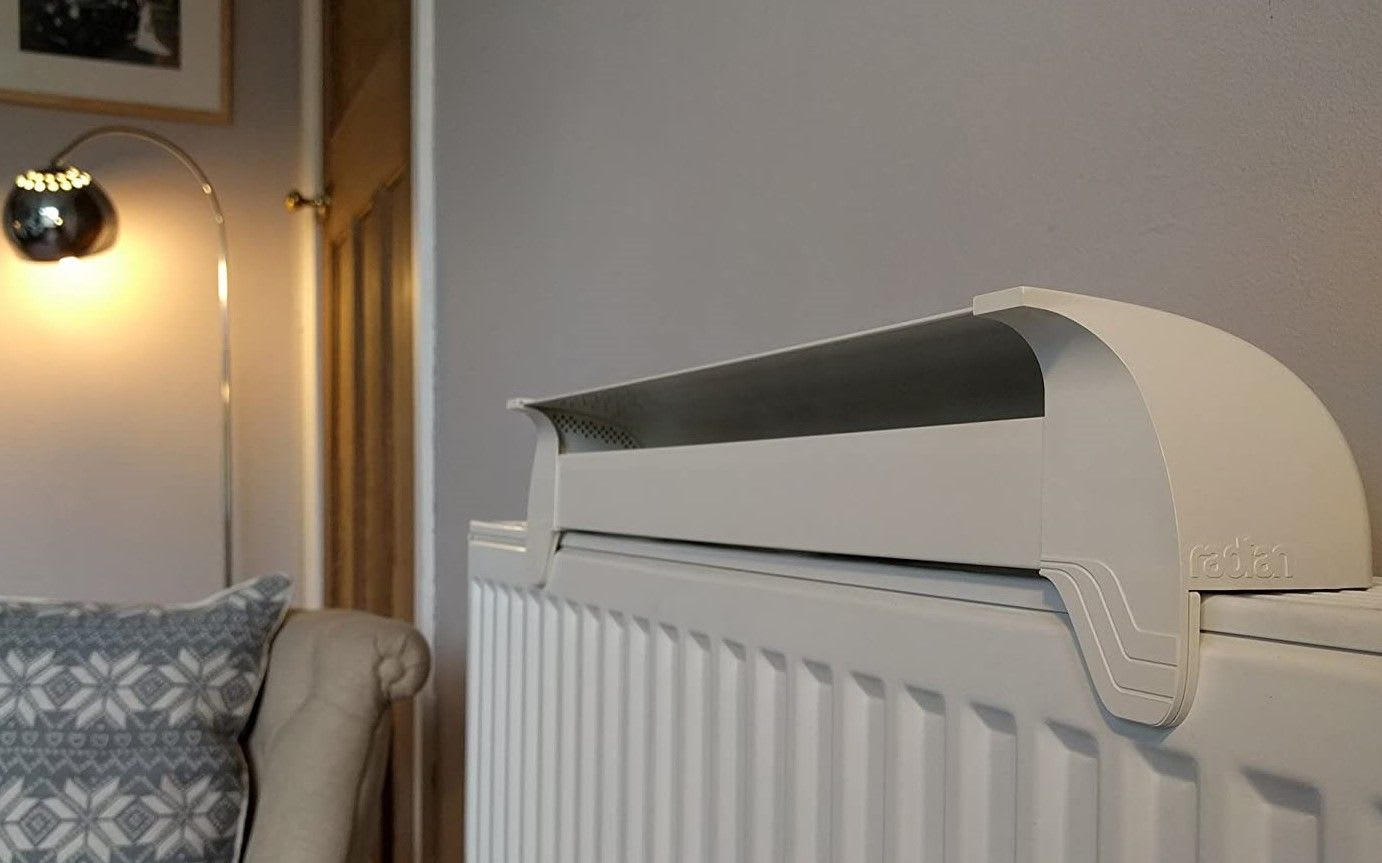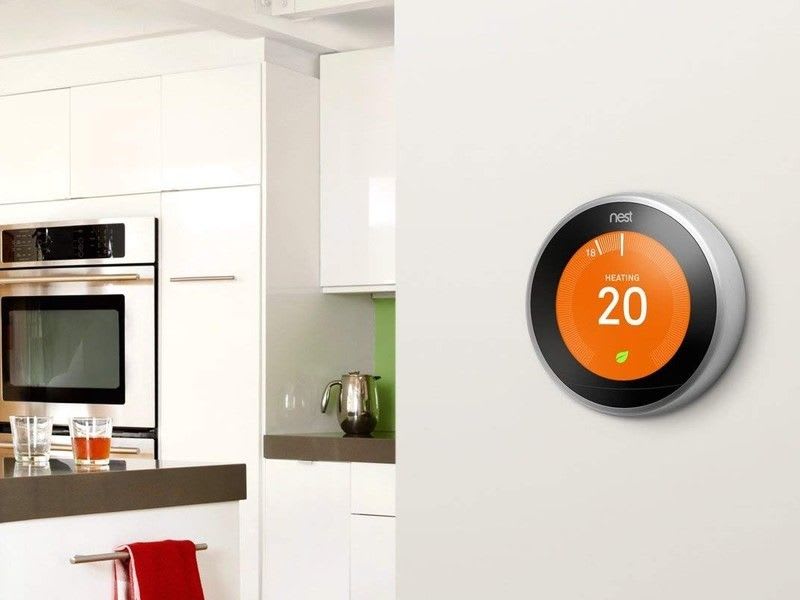
How to heat your home office efficiently
When working in a home office, it’s possible that you will spend all of your working day (with the exception of visits to the kitchen and toilet) in a single room. If you live in a house, it would be costly to heat your whole house for the purpose of wanting to keep warm in only 1 room.
For example, I live in a house with 3 floors (ground, 1stfloor and 2nd floor). My office is on the 2nd floor. My central heating has 2 zones:
- Zone A = Ground floor
- Zone B = 1st floor and 2ndfloor
This means that if I use my central heating:
- I need to heat at least all the rooms in the 1stfloor and 2nd floor, which costs money
- The boiler and central heating have to be on all day (shortening life through wear and tear)
- I have to rely on a thermostat in the hallway on the first floor, I can’t precisely regulate the heating in the home office room independently
Warm clothes

If it’s only a little chilly, a warm jumper, thick socks, slippers or Sherpa blanket can keep you warm and snug.
Just remember that what you wear needs to be appropriate for video calls!
Electric Oil filled radiators

I use an electric oil filled radiator to heat my home office. Oil filled radiators are inexpensive to purchase, have low running costs are very safe. This also allows me to regulate the temperate of a single room, making me more comfortable.
The oil filled radiator I have doesn’t have a start or stop function, so I have added an Alexa enabled smart plug to it, which I have scheduled to turn off at 5.15pm every weekday (I finish working at 5.30pm). This is a safeguard against me forgetting to turn the heater off at the end of the day, which would waste money. the smart plug also allows me to track how much electricity it is using, so I can monitor its running cost.
Radiator based central heating
If you do want to use radiator based central heating, you can do some checks and maintenance to ensure that they are running as efficiently as possible.
Bleed the radiators
Over time, radiators can capture trapped air, resulting in degraded performance. At least once a year you should check for this by using a standard radiator key (or one that also captures the escaping water). It’s really easy to do, here are some instructions.
Add radiator reflectors
A lot of heat is wasted when radiators emit heat against the wall they are attached to. Instead of heating the wall, you can use radiator reflectors to redirect this heat back into the room.
They get installed behind the radiator (so you can’t see them), are easy to install and will save you money over time.
Add radfans

The radfan sits on top of the radiator and blows the warm air into the room. They are very cheap to run and easy to fit – just place it on top of the radiator and plug it into the mains. The fans turn on or off based on how hot the radiator is. It might be worth given them a try as they have a good rating on Amazon and you can always return them if they don’t perform as well as you would like.
Have you heating system serviced
To help prevent issues from occurring and to keep your system running optimally, it is important to have the system inspected on a regular basis. This is typically once a year by a qualified technician.
If the heating system does go wrong, it can be expensive and time consuming to fix. Having it maintained on a regular basis give you a fixed cost and peace of mind.
If you need a new heat pump, I can recommend the Grundfos UPS3 15-50/65 130, as I researched and fitted it myself recently.
Smart thermostats

With central heating systems, it is advisable to replace the ‘dumb’ thermostats with smart ones.
Smart thermostats can control your heating, cooling and hot water, primarily in a ‘hands-off’ approach. By this, I mean they predict the temperature you want at the times you want. You can still control them manually at any time from your phone, website or the device itself.
Their aim is to keep your comfortable, whilst saving money (though fuel costs, wear and tear) by only being used when needed.
This article on Amazon provides an overview of what smart thermostats are and the models available.
